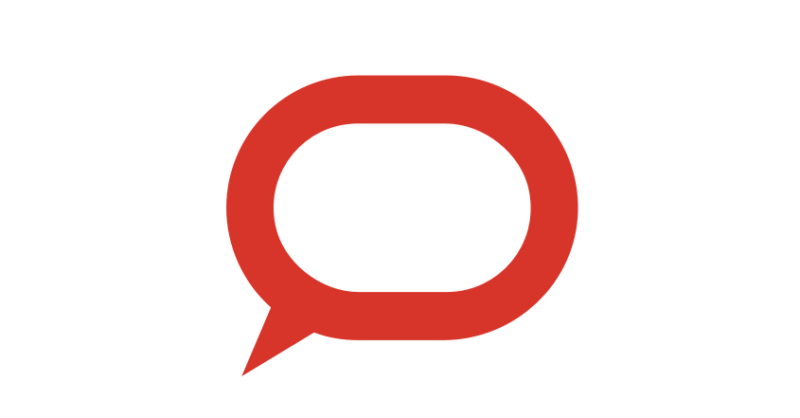The Conversation’s 10th anniversary: how it came about
Founder and former editor and CEO Andrew Jaspan reflects on a decade of The Conversation, from origin to execution.
Ten years ago this month (March 25) The Conversation launched to a bemused and sceptical audience. Countless people said beforehand: “So you want to get academics to write to deadlines? Forget it. It won’t work. They can’t even write.” I ignored the warnings and gave it a go. Before long the idea went viral and global with editions springing up in the UK, US, Canada, France, Spain, South Africa and Indonesia. Together they now employ nearly 200 staff with a monthly reach of 18 million. It’s been a game-changer, though I still fail to know what to call this hybrid of journalism and academia.


